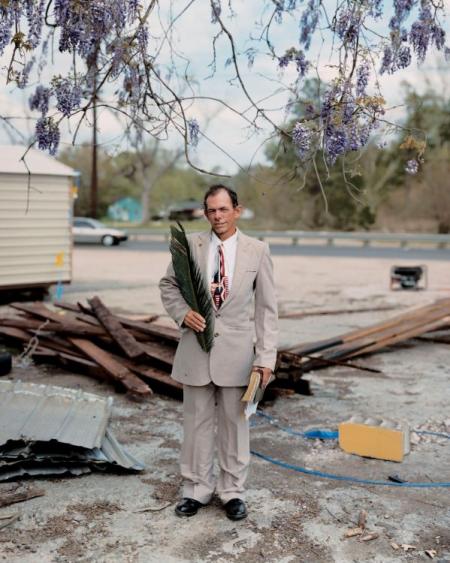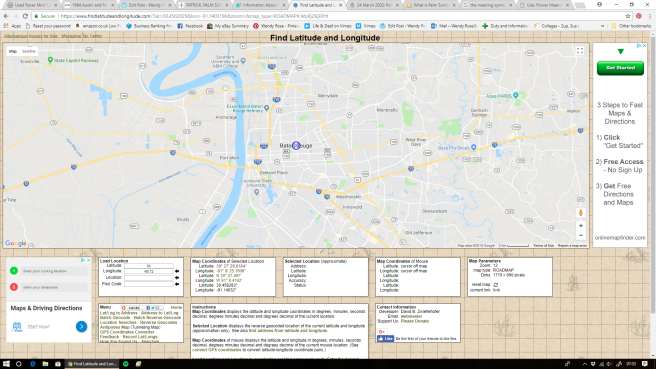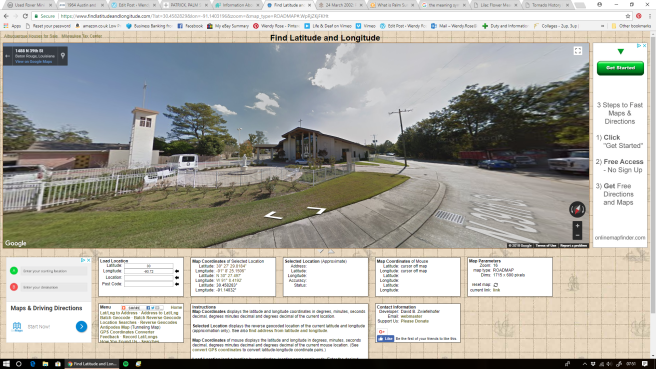I suppose I should really explore the man behind the camera as well as the man in front of it!
Alec Soth is an American photographer, born in 1969 in Minnesota, he is also a member of Magnum Photos and owns his own media company called Little Brown Mushroom. His style of photography has been likened to Walker Evans and Robert Frank and encompasses a number of genre such as Landscape, Documentary, Still life and Portrait.
He still lives in Minnesota, returning after he finished his studies in New York, and mainly focuses on large-scale work such as ‘Sleeping by the Mississippi’ and ‘Niagara’.
He works with an 8 x 10 inch camera mounted on a tripod, each image is costly so he considers his frame well before taking the image. In an article by Aaron Schuman for Aperture (Accessed 09.03.18), seen here:
https://aperture.org/blog/revisiting-alec-soths-masterwork/
Soth mentions how he would move things around and play with the space often over filling it. I was a little disappointed that the images were not by chance however deep down I knew that the scene for Patrick, Palm Sunday was well orchestrated to include the clues which enables the story to unfold.
In the book ‘Magnum contact sheets’ by Thames & Hudson it shows one of the images that Soth took for ‘Sleeping by the Mississippi’ entitled ‘Mother and Daughter’. Soth cannot explain exactly what leads him to choose one image over another except that ‘it just felt right’, looking at the images shown I think I would have chosen the same image. The mix of softness in their entwined legs contrasts with their body positioning and the harsh reality of their employment.
Interestingly Wikipedia states thart had listed the images he was looking for, This reminds me of Dorothea Lange who supposedly did something similar when she happened upon the ‘Migrant Mother’ :
‘When he was on the road, he’d have notes describing types of pictures he wanted taped to the steering wheel of his car.[2] One list was: “beards, birdwatchers, mushroom hunters, men’s retreats, after the rain, figures from behind, suitcases, tall people (especially skinny), targets, tents, tree houses and tree lines






